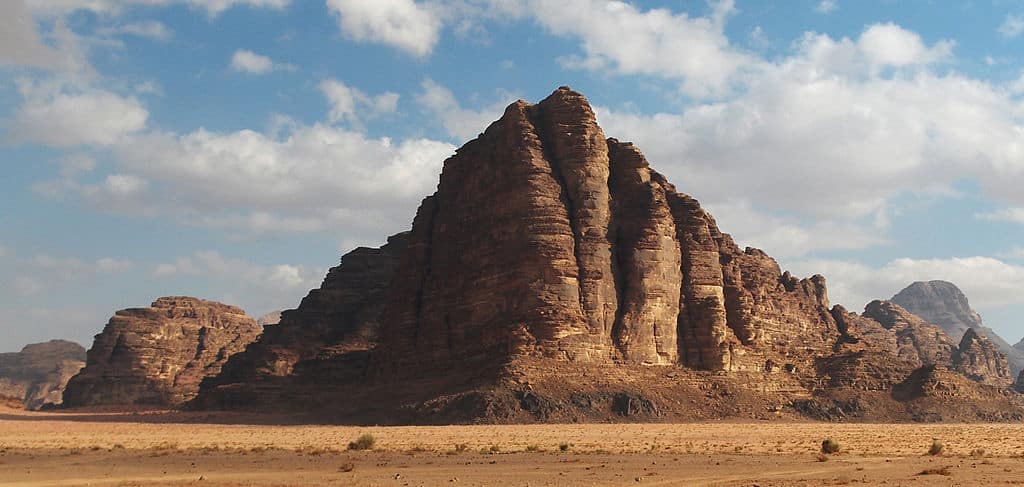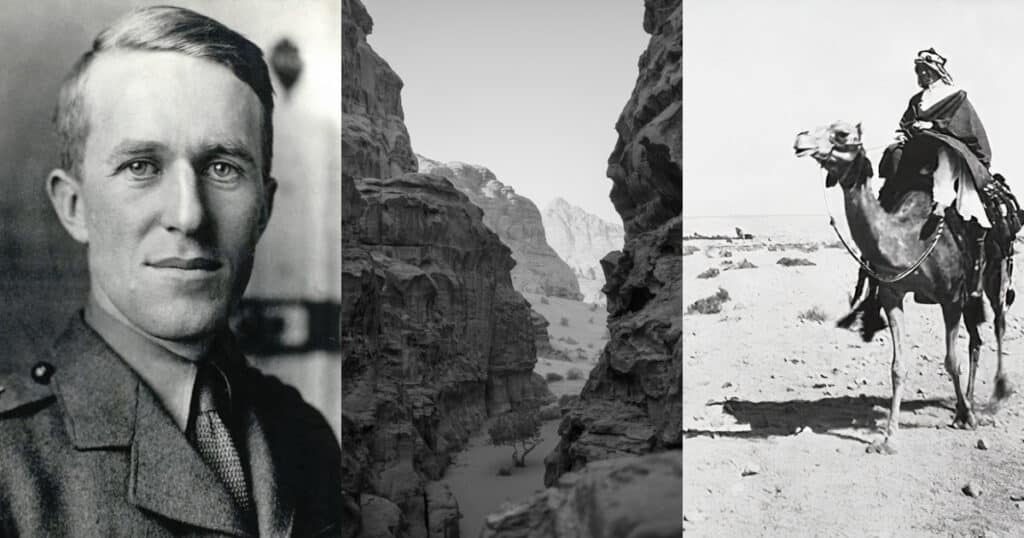T.E. Lawrence, also known as “Lawrence of Arabia,” wasn’t just a captivating character from a classic film; he was a real-life British archaeologist, military officer, and diplomat who played a pivotal role in the Arab Revolt against the Ottoman Empire during World War I. Lawrence’s experiences, particularly his time spent in Wadi Rum, continue to capture the imagination of travelers and history buffs alike.
Who was Lawrence of Arabia?
Born in Wales in 1888, Thomas Edward Lawrence developed a fascination with the Middle East from a young age. He studied archaeology at Oxford University, focusing on ancient Near Eastern history. This passion led him to spend several years excavating in Syria before the outbreak of World War I. Lawrence’s fluency in Arabic and his deep understanding of the region’s history and culture proved invaluable when he was assigned to the British Military Intelligence in Cairo in 1916.
The Call to Wadi Rum
The vast desert expanse of Wadi Rum became a pivotal backdrop for Lawrence’s wartime activities. In 1917, he was tasked with supporting the Arab Revolt, a movement led by Prince Faisal bin Hussein against Ottoman rule. Lawrence’s role went beyond simply providing military support. He forged strong relationships with the Bedouin tribes inhabiting Wadi Rum, gaining their trust and respect. His understanding of their culture and desert warfare tactics proved instrumental in the success of several guerrilla attacks against Ottoman forces.
Following Lawrence’s Footsteps
Wadi Rum today offers a chance to retrace Lawrence’s steps and delve into this fascinating chapter of history. Here are some key locations within Wadi Rum that tell the story of Lawrence’s time with the Arab Revolt:
- Lawrence’s Spring: Located near Khazali Canyon, this natural spring provided a vital source of water for both the Arab fighters and their desert mounts. Spending time here, you can almost imagine Lawrence strategising with Prince Faisal and the Bedouin leaders while their camels quenched their thirst.
- Lawrence’s House: Carved into the sandstone cliffs, this traditional dwelling is believed to have served as Lawrence’s desert headquarters. While the exact extent of his time spent here is debated, it undoubtedly offered him shelter and a strategic vantage point during the revolt.
- The Seven Pillars of Wisdom: The title of T.E. Lawrence’s famous book, the name has now also been given to a large rock formation located near the visitors centre in Wadi Rum (pictured below). The name comes from a quote in the Book of Proverbs, and was supposed to be the title of an earlier work by Lawrence, about the seven great cities of the Middle East – he ended up giving up on that project but kept the name for the later work.
- Ain Shalaleh Spring: Another vital water source in Wadi Rum, Lawrence of Arabia and his allies are known to have visited Ain Shalaleh during their desert campaigns. The surrounding landscape is dotted with Thamudic inscriptions, offering a glimpse into the region’s ancient past.

A Legacy Etched in Stone
T.E. Lawrence’s time in Wadi Rum wasn’t just about military strategy; it was about forging connections and mutual respect. His experiences in the desert shaped him profoundly, and his legacy continues to resonate with those who visit Wadi Rum today. Walking the same paths, exploring the same canyons, and gazing upon the same vistas as Lawrence offers a window into a pivotal moment in history and a chance to appreciate the enduring beauty and intrigue of this extraordinary desert landscape.
Visiting Wadi Rum Today
Visit Wadi Rum today and experience history and adventure firsthand. Walk in the footsteps of T.E. Lawrence, explore ancient canyons and towering rock formations, and be awestruck by the desert’s dazzling night sky. See Wadi Rum, a trusted desert specialist, can guide you on this unforgettable journey with 4×4 jeep tours, comfortable overnight stays in traditional Bedouin camps, and activities for all interests. Contact See Wadi Rum today and start planning your own Wadi Rum adventure.
